CFD Modelling and Analysis for Green Environment of Traditional Buildings
Abstract
1. Introduction
2. Wind Environment Analysis Methods
2.1. Methods for Analysis of Wind Environments—Numerical Simulation
2.2. The selection of the Mathematical Model
3. Simulation Analysis
3.1. External Environment
3.2. Model Simplification
3.3. Boundary Conditions and Meshing
3.4. Before and after the Transformation of Planning at Different Levels of Wind Environment Performance
3.5. Building Surface Wind Environment Analysis
3.6. Wind Environment Analysis Based on Pedestrian Comfort
4. Discussion
- High wind speed is conducive to diffusing air pollutants and improving air quality. However, it is essential to note that high airflow speeds at pedestrian height may negatively affect human comfort [69,70,71]. Therefore, future research can combine air quality indexes and human comfort indexes under different ventilation conditions.
- The CFD simulation was carried out in the summer. Due to the different heating demands in different seasons, a future comparative temperature analysis before and after renovation should be carried out in winter [72,73,74]. Thus, the pool’s size influence on environmental temperature regulation can be further studied.
- Based on the importance of the spatial form in protecting ancient architectural heritage, the renovation and reconstruction of old buildings have significant limitations on the building’s height and plane [75,76,77]. This also puts forward higher requirements for improving a green building’s environment. Future research should focus on improving the architectural wind environment and human comfort as much as possible while ensuring ancient buildings’ spatial structure and shape.
- Gaotang Xingguo Temple is located 15 kilometres north of the city of Liangcun Town, which is part of the suburbs. For the preservation and restoration of ancient buildings, most of the remains in urban areas are better preserved than those in suburban areas due to their geographical advantages. Therefore, architectural protection focuses on repairing and utilising historical buildings. The remains of ancient buildings in the suburbs are usually seriously damaged due to disrepair. In addition to improving critical cultural relics, the reconstruction and restoration of original buildings also occupy a significant proportion of work. Therefore, preserving and utilising historical buildings in suburban areas are more feasible in terms of a green environment than in urban areas. Future research can start from the protection of a city’s historic buildings to the exploration of the potential of green energy conservation in protecting and repairing landmark buildings [78,79].
5. Conclusions
- Regarding the wind pressure, after the monastery’s planned transformation, the south and north (morning bell, west hall, possession of the Court) of the monastery formed a longer static pressure belt, where the wind pressure is about 0.3 pa. The wind speed in these low-pressure areas is not conducive to spreading contaminants and heat around the summer building.
- Regarding the wind speed, after the monastery’s planned transformation, at the 1.5 m height, the wind speed in the monastery between the ancient tower and the main hall remained around 0.2–2.2 m/s. The waters have a large static wind area at a speed of 0.2 m/s. Low wind speed is not conducive to the diffusion of pollutants. Many vortices formed among the Main hall, the King hall, the Side hall, the Scripture library and the pagoda. These places should be prepared for wind. Otherwise, it will cause discomfort to visitors.
- In general, the programme’s transformation improved the building’s ventilation performance, although to a certain extent, it reduced the wind speed, and the regional reduction is more balanced. There are individual areas of static wind, and this needs special attention. The new plan to increase the pool size of the original small pond area will reduce the ambient temperature effect.
- Local climate conditions should be considered in the early layout design of the outdoor environment in the ancient building reconstruction planning area. Based on the restoration and maintenance of old buildings, the size of courtyards, water area and building height can be adjusted to create comfortable and pleasant architectural wind and thermal environments. For building restoration work, since the building scope is mainly to restore the original form and ensure regulation, the analysis of the building’s wind environment can intuitively visualise the static pressure zone, static wind area, whirlpool and so on during the planning, which provides the design basis and starting point for improvements in the early design stage. Thus, green water bodies optimise and improve the overall environment by optimising local building combinations and introducing windproof measures.
Author Contributions
Funding
Institutional Review Board Statement
Informed Consent Statement
Data Availability Statement
Conflicts of Interest
References
- Pu, X.; Yao, J.; Zheng, R. Forecast of Energy Consumption and Carbon Emissions in China’s Building Sector to 2060. Energies 2022, 15, 4950. [Google Scholar] [CrossRef]
- Su, M.D.; Huang, S.Y. Computational Fluid Mechanics Foundation; Tsinghua University Press: Beijing, China, 1997. [Google Scholar]
- Pinraj, K. Buddhist Architecture: Meaning and Conservation in the Context of Thailand. Ph.D. Thesis, University of York, York, UK, 1996. [Google Scholar]
- Kim, Y.-J. Reconstructing Pure Land Buddhist Architecture in Ancient East Asia. Religions 2021, 12, 764. [Google Scholar] [CrossRef]
- Liu, J.; Jiang, Y.; Cao, C. The Remaining Buddhist Architecture in Fu’an, the Core Hinterland of the Changxi River Basin. Religions 2021, 12, 1054. [Google Scholar] [CrossRef]
- Zhang, Y.; Zhang, H.; Sun, Z. Effects of Urban Growth on Architectural Heritage: The Case of Buddhist Monasteries in the Qinghai-Tibet Plateau. Sustainability 2018, 10, 1593. [Google Scholar] [CrossRef]
- Zhang, Y.; Wei, T. Typology of religious spaces in the urban historical area of Lhasa, Tibet. Front. Archit. Res. 2017, 6, 384–400. [Google Scholar] [CrossRef]
- Sokolova, A. Building and Rebuilding Buddhist Monasteries in Tang China: The Reconstruction of the Kaiyuan Monastery in Sizhou. Religions 2021, 12, 253. [Google Scholar] [CrossRef]
- Hershock, P. Built Space as Bodhimandala: The Architectural Meaning of a Practised Buddhism—Part 2. Archit. Theory Rev. 2000, 5, 69–82. [Google Scholar] [CrossRef]
- Zhang, X.; Zhi, Y.; Xu, J.; Han, L. Digital Protection and Utilization of Architectural Heritage Using Knowledge Visualization. Buildings 2022, 12, 1604. [Google Scholar] [CrossRef]
- Li, Z.; Hou, M.; Dong, Y.; Wang, J.; Ji, Y.; Huo, P. Research on the Digital Retention Mechanism of Tibetan Buddhism Architecture Based on Uav and Tls: A Case Study of Baoguang Hall. ISPRS Ann. Photogramm. Remote Sens. Spat. Inf. Sci. 2021, 8, 95–100. [Google Scholar] [CrossRef]
- Zhang, D.; Liu, D.; Cui, Z.; Xiao, M. Analysis of the Present Situation of Research on Soundscape and Han-Chinese Buddhist Temples. Appl. Mech. Mater. 2013, 357–360, 388–391. [Google Scholar]
- Li, Y.; Deng, Y.; Li, A.; Xu, T. Comparative Studies of Computational Fluid Dynamic Geometric Models at Multiple Levels of Details in Evaluating Wind Action on Asian Ancient Wooden Tower. Int. J. Archit. Herit. 2021, 15, 1–18. [Google Scholar] [CrossRef]
- Wu, Y.C.; Yang, A.S.; Tseng, L.Y.; Liu, C.L. Myth of ecological architecture designs: Comparison between design concept and computational analysis results of natural-ventilation for Tjibaou Cultural Center in New Caledonia. Energy Build. 2011, 43, 2788–2797. [Google Scholar] [CrossRef]
- Qian, Y.; Leng, J.; Chun, Q.; Wang, H.; Zhou, K. A year-long field investigation on the spatio-temporal variations of occupant’s thermal comfort in Chinese traditional courtyard dwellings. Build. Environ. 2023, 228, 109836. [Google Scholar] [CrossRef]
- Xu, C.; Li, S.; Zhang, X.; Shao, S. Thermal comfort and thermal adaptive behaviours in traditional dwellings: A case study in Nanjing, China. Build. Environ. 2018, 142, 153–170. [Google Scholar] [CrossRef]
- Martínez-Molina, A.; Tort-Ausina, I.; Cho, S.; Vivancos, J.L. Energy efficiency and thermal comfort in historic buildings: A review. Renew. Sustain. Energy Rev. 2016, 61, 70–85. [Google Scholar] [CrossRef]
- Wei, X.; Si, Z. Fully exploring traditional Chinese culture and promoting organic development of green city. Procedia Eng. 2017, 180, 1531–1540. [Google Scholar] [CrossRef]
- Wu, S.R.; Fan, P.; Chen, J. Incorporating culture into sustainable development: A cultural sustainability index framework for green buildings. Sustain. Dev. 2016, 24, 64–76. [Google Scholar] [CrossRef]
- Fu, J.; Zhou, J.; Deng, Y. Heritage values of ancient vernacular residences in traditional villages in Western Hunan, China: Spatial patterns and influencing factors. Build. Environ. 2021, 188, 107473. [Google Scholar] [CrossRef]
- Zheng, S.; Han, B.; Wang, D.; Ouyang, Z. Ecological wisdom and inspiration underlying the planning and construction of ancient human settlements: Case study of hongcun UNESCO world heritage site in China. Sustainability 2018, 10, 1345. [Google Scholar] [CrossRef]
- Liu, S.P.; Xiang, H.F. The Role of Wind on the Structure; Tongji University Press: Shanghai, China, 1992. [Google Scholar]
- Liu, C.Q. Multigrid Method and Its Application in Computational Fluid Dynamics; Tsinghua University Press: Beijing, China, 1995. [Google Scholar]
- Wang, W.G.; Xu, M.; Jiang, M.W. Simulation of Airflow Characteristics and Turbulent Diffusion in Buildings. Acta Aerodyn. J. 1999, 1, 87–92. [Google Scholar]
- Cao, S.H.; Ming, P.P.; Zhao, X. Fuzzy comprehensive evaluation of human thermal comfort in simulating natural wind environment. Build. Environ. 2021, 188, 107447. [Google Scholar] [CrossRef]
- Iqbal, Q.M.Z.; Chan, A.L.S. Pedestrian level wind environment assessment around group of high-rise cross-shaped buildings: Effect of building shape, separation and orientation. Build. Environ. 2016, 101, 45–63. [Google Scholar] [CrossRef] [PubMed]
- You, W.; Shen, J.; Ding, W. Improving wind environment of residential neighborhoods by understanding the relationship between building layouts and ventilation efficiency. Energy Procedia 2017, 105, 4531–4536. [Google Scholar] [CrossRef]
- Yu, Y.; Kwok KC, S.; Liu, X.P.; Zhang, Y. Air pollutant dispersion around high-rise buildings under different angles of wind incidence. J. Wind Eng. Ind. Aerodyn. 2017, 167, 51–61. [Google Scholar] [CrossRef]
- Bose, K.K. Analysing the Impact of Changing Building Size and Placement to Natural Ventilation and Wind Flow Using ANSYS Fluent CFD on the Interlace Residential Project in Singapore; Department of Building National University of Singapore: Singapore, 2019. [Google Scholar]
- Chen, L.; Hang, J.; Chen, G.; Liu, S.; Lin, Y.; Mattsson, M.; Sandberg, M.; Ling, H. Numerical investigations of wind and thermal environment in 2D scaled street canyons with various aspect ratios and solar wall heating. Build. Environ. 2021, 190, 107525. [Google Scholar] [CrossRef]
- Gosman, A.D. Developments in C.F.D. for industrial and environmental applications in wind engineering. J. Wind Eng. Ind. Aerodyn. 1999, 5, 21–39. [Google Scholar] [CrossRef]
- Hu, X.F.; Zhou, X.Q.; Bu, Z.W.; Mao, H.W. Architectural planning and design based on C.F.D. simulation of outdoor wind environment. Archit. Struct. Des. 2007, 4, 14–18. [Google Scholar]
- Ma, J.; Shu, X.; Yang, Y.D. Simulation study on wind environment of group buildings. Comput. Simul. 2008, 6, 296–298. [Google Scholar]
- Shi, Y.L. Numerical Study on Indoor and Outdoor Wind Environment of Buildings. Unpublished. Master’s Thesis, Hunan University, Changsha, China, 2008. [Google Scholar]
- Wang, F.J. Computational Fluid Dynamics Analysis—Fluid Dynamics Analysis with C.F.D. Software; Tsinghua University Press: Beijing, China, 2004; pp. 124–125. [Google Scholar]
- Qian, F.; Shi, Z.; Yang, L. Research on Thermal Environment of Sports Architecture-A Review. Build Sci. 2019, 35, 164–169. [Google Scholar]
- Ma, J.; Cheng, G.B.; Mao, Y.L. Research on Group Building Wind Environment Based on C.F.D. Technology. J. Zhejiang Univ. Technol. 2007, 35, 351–355. [Google Scholar]
- Smith, L.M.; Woodruff, S.L. Renormalization—Group analysis of turbulence. Annu. Rev. Fluid Mech. 1998, 30, 275–310. [Google Scholar] [CrossRef]
- Wang, Y.J. Study on the Applicable Conditions of C.F.D. Simulation for Beijing Urban Human Arbitrary Wind Environment. Unpublished. Master’s Thesis, Tsinghua University, Beijing, China, 2012. [Google Scholar]
- Guo, P.; Ding, C.; Guo, Z.; Liu, T.; Lyu, T. Coupling C.F.D. Simulation and Field Experiments in Summer to Prove Feng Shui Optimizes Courtyard Wind Environments: A Case Study of Prince Kung’s Mansion in Beijing. Buildings 2022, 12, 629. [Google Scholar] [CrossRef]
- Tang, Y.Z. Development and Application of WASPS Water Quality Model in Water Environment Simulation of Plain River Network Area. Unpublished. Master’s Thesis, Hohai University, Nanjing, China, 2004. [Google Scholar]
- Holmes, M.J.; Hacker, J.N. Climate change, thermal comfort and energy: Meeting the design challenges of the 21st century. Energy Build. 2014, 39, 802–814. [Google Scholar] [CrossRef]
- Yuan, C.; Norford, L.; Ng, E. A semi-empirical model for the effect of trees on the urban wind environment. Landsc. Urban Plan. 2017, 168, 84–93. [Google Scholar] [CrossRef]
- Du, S.; Zhang, X.; Jin, X.; Zhou, X.; Shi, X. A review of multi-scale modelling, assessment, and improvement methods of the urban thermal and wind environment. Build. Environ. 2022, 213, 108860. [Google Scholar] [CrossRef]
- Cuce, E.; Sher, F.; Sadiq, H.; Cuce, P.M.; Guclu, T.; Besir, A.B. Sustainable ventilation strategies in buildings: C.F.D. research. Sustain. Energy Technol. Assess. 2019, 36, 100540. [Google Scholar]
- Zheng, J.; Tao, Q.; Li, L. Wind pressure coefficient on a multi-storey building with external shading louvers. Appl. Sci. 2020, 10, 1128. [Google Scholar] [CrossRef]
- Zhang, L.L.; Hou, J.W.; Yu, Y.; Du, J.F.; Meng, X.; He, Q. Numerical simulation of outdoor wind environment of typical traditional village in the northeastern Sichuan Basin. Procedia Eng. 2017, 205, 923–929. [Google Scholar] [CrossRef]
- Kolokotroni, M.; Perera, M.D.A.E.S.; Azzi, D.; Virk, G.S. An investigation of passive ventilation cooling and control strategies for an educational building. Appl. Therm. Eng. 2001, 21, 183–199. [Google Scholar] [CrossRef]
- Leng, S.; Li, S.W.; Hu, Z.Z.; Wu, H.Y.; Li, B.B. Development of a micro-in-meso-scale framework for simulating pollutant dispersion and wind environment in building groups. J. Clean. Prod. 2022, 364, 132661. [Google Scholar] [CrossRef]
- Li, J.Y.; Zheng, B.H.; Bedra, K.B. Evaluating the improvements of thermal comfort by different natural elements within courtyards in Singapore. Urban Clim. 2022, 45, 101253. [Google Scholar] [CrossRef]
- Li, M.L.; Jin, Y.Y.; Guo, J.L. Dynamic characteristics and adaptive design methods of enclosed courtyard: A case study of a single-story courtyard dwelling in China. Build. Environ. 2022, 223, 109445. [Google Scholar] [CrossRef]
- Kwok, H.K. Comparison of Three Widely-Used Aerodynamic Modifications That Minimise the Impact of Wind Loads on Tall Buildings. Unpublished. Master’s Thesis, Massachusetts Institute of Technology, Cambridge, MA, USA, 2007. [Google Scholar]
- Huang, M.; Wang, J.; Jin, H.; Li, A. Analysis on Wind Environment in Winter of Different Rural Courtyard Layout in the Northeast. Procedia Eng. 2016, 146, 343–349. [Google Scholar]
- Leng, J.W.; Wang, Q.; Liu, K. Sustainable design of courtyard environment: From the perspectives of airborne diseases control and human health. Sustain. Cities Soc. 2020, 62, 102405. [Google Scholar] [CrossRef]
- Yang, L.; Chen, L. Study on the influence of voids on high-rise building on the wind environment. Build. Simul. 2020, 13, 419–438. [Google Scholar]
- Cheng, H. Evaluating the Performance of Natural Ventilation in Buildings through Simulation and On-Site Monitoring. Unpublished. Master’s Thesis, Massachusetts Institute of Technology, Cambridge, MA, USA, 2013. [Google Scholar]
- Zhou, Q.; Zhu, L.D. Numerical and experimental study on wind environment at near tower region of a bridge deck. Heliyon 2020, 6, e03902. [Google Scholar] [CrossRef]
- Wannaphahoon, T. The Study of Pedestrian Level Wind at Macgregor Dormitory Building. Unpublished. Master’s Thesis, Massachusetts Institute of Technology, Cambridge, MA, USA, 2011. [Google Scholar]
- Meguro, W. Beyond Blue and Red Arrows: Optimising Natural Ventilation in Large Buildings. Unpublished. Master’s Thesis, Massachusetts Institute of Technology, Cambridge, MA, USA, 2005. [Google Scholar]
- Yang, L.; Chen, L. A study on database of modular façade retrofitting building envelope. Energy Build. 2020, 214, 109826. [Google Scholar]
- Lee, J. The Role of the Aerodynamic Modifications of the Shapes of Tall Buildings. Unpublished. Master’s Thesis, Massachusetts Institute of Technology, Cambridge, MA, USA, 2011. [Google Scholar]
- Luo, K.; Yu, H.J.; Dai, Z.X.; Fang, M.M.; Fan, J.R. CFD simulations of flow and dust dispersion in a realistic urban area. Eng. Appl. Comput. Fluid Mech. 2016, 10, 228–242. [Google Scholar] [CrossRef]
- Maryam, F.; Mehrdad, K.; Farshid, A.; Ebrahim, S.; Amir, M.; Narjes, N.; Kwok-Wing, C. Computational modeling of land surface temperature using remote sensing data to investigate the spatial arrangement of buildings and energy consumption relationship. Eng. Appl. Comput. Fluid Mech. 2020, 14, 254–270. [Google Scholar]
- Kiehbadroudinezhad, M.; Merabet, A.; Rajabipour, A.; Cada, M.; Kiehbadroudinezhad, S.; Khanali, M.; Hosseinzadeh-Bandbafha, H. Optimisation of wind/solar energy microgrid by division algorithm considering human health and environmental impacts for power-water cogeneration. Energy Convers. Manag. 2022, 252, 115064. [Google Scholar] [CrossRef]
- Hult, E.L. Experimental Simulation of Wind Driven Cross-Ventilation in a Naturally Ventilated Building. Unpublished. Master’s Thesis, Massachusetts Institute of Technology, Cambridge, MA, USA, 2004. [Google Scholar]
- Gauthier, S.; Shipworth, D. Variability of thermal stratification in naturally ventilated residential buildings. Energy Convers. Manag. 2014, 51, 1–7. [Google Scholar]
- Griffith, B.T. Incorporating Nodal and Zonal Room Air Models into Building Energy Calculation Procedures. Unpublished. Master’s Thesis, Massachusetts Institute of Technology, Cambridge, MA, USA, 2002. [Google Scholar]
- Sun, D.; Xu, J.; Zhao, J.; Zhang, D.; Chen, K. Study on a new model for urban residential quarter of 21st century. Univ. Shanghai Sci. Technol. 2000, 22, 347–351. [Google Scholar]
- Yang, L.; Liu, X.; Qian, F.; Niu, S. Research on the wind environment and air quality of parallel courtyards in a university campus. Sustain. Cities Soc. 2020, 56, 102019. [Google Scholar] [CrossRef]
- Tan, G. Study of Natural Ventilation Design by Integrating the Multi-Zone Model with C.F.D. Simulation. Unpublished. Master’s Thesis, Massachusetts Institute of Technology, Cambridge, MA, USA, 2005. [Google Scholar]
- Ricci, A.; Guasco, M.; Caboni, F.; Orlanno, M.; Giachetta, A.; Repetto, M.P. Impact of surrounding environments and vegetation on wind comfort assessment of a new tower with vertical green park. Build. Environ. 2022, 207, 108409. [Google Scholar] [CrossRef]
- Unzeta, B.B. Study and Prediction of the Energy Interactions between Buildings and the Urban Climate. Unpublished. Master’s Thesis, Massachusetts Institute of Technology, Cambridge, MA, USA, 2012. [Google Scholar]
- Yang, L.; Liu, X.; Qian, F.; Du, S.B. Ventilation effect on Different Position of Classrooms in “Line” type Teaching Building. J. Clean. Prod. 2019, 209, 886–902. [Google Scholar] [CrossRef]
- Walker, C.E. Methodology for the Evaluation of Natural Ventilation in Buildings Using a Reduced-Scale Air Model. Unpublished. Master’s Thesis, University of Illinois at Chicago, Chicago, IL, USA, 2001. [Google Scholar]
- Zhu, G. China’s architectural heritage conservation movement. Front. Archit. Res. 2012, 1, 10–22. [Google Scholar] [CrossRef]
- Chen, S.; Yang, H.; Wang, S.; Hu, Q. Surveying and Digital Restoration of Towering Architectural Heritage in Harsh Environments: A Case Study of the Millennium Ancient Watchtower in Tibet. Sustainability 2018, 10, 3138. [Google Scholar] [CrossRef]
- Chen, Y. Renovation of Traditional Water Villages in Jiangnan: A Casa study of Renovation Planning of Wenchang Village. J. Landsc. Res. 2017, 9, 15. [Google Scholar]
- Chandan, S.; Kumar, A. Review of urban conservation practices in historic cities. Int. J. Emerg. Technol 2019, 10, 74–84. [Google Scholar]
- Poomchalit, W.; Suzuki, K.; Suzuki, A. Review on the Relationship between the Spatial Developments and the Change of Wooden Houses in Original Settlements in the Suburban Expansion of Bangkok. Int. Rev. Spat. Plan. Sustain. Dev. 2018, 6, 12–29. [Google Scholar] [CrossRef]
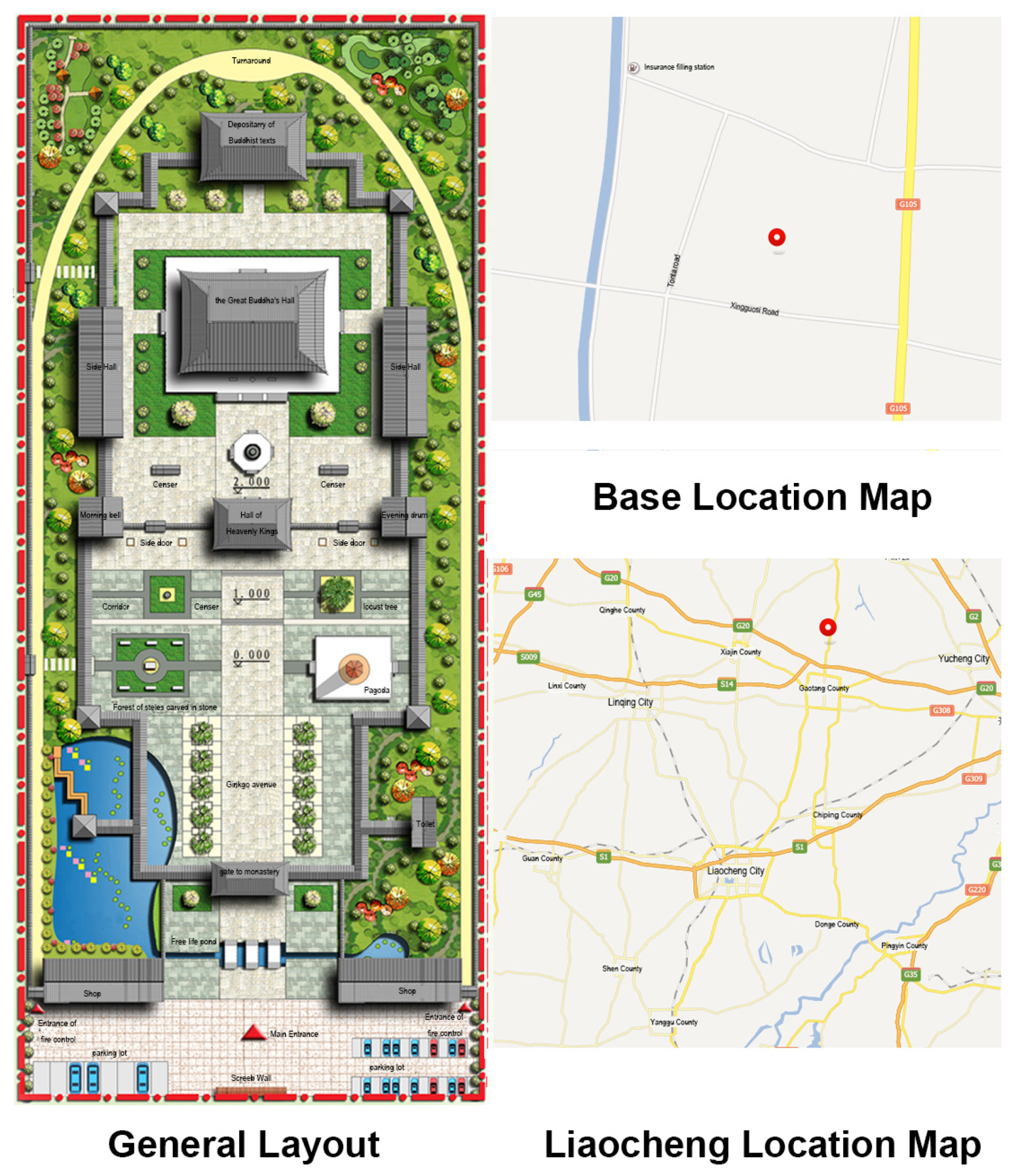
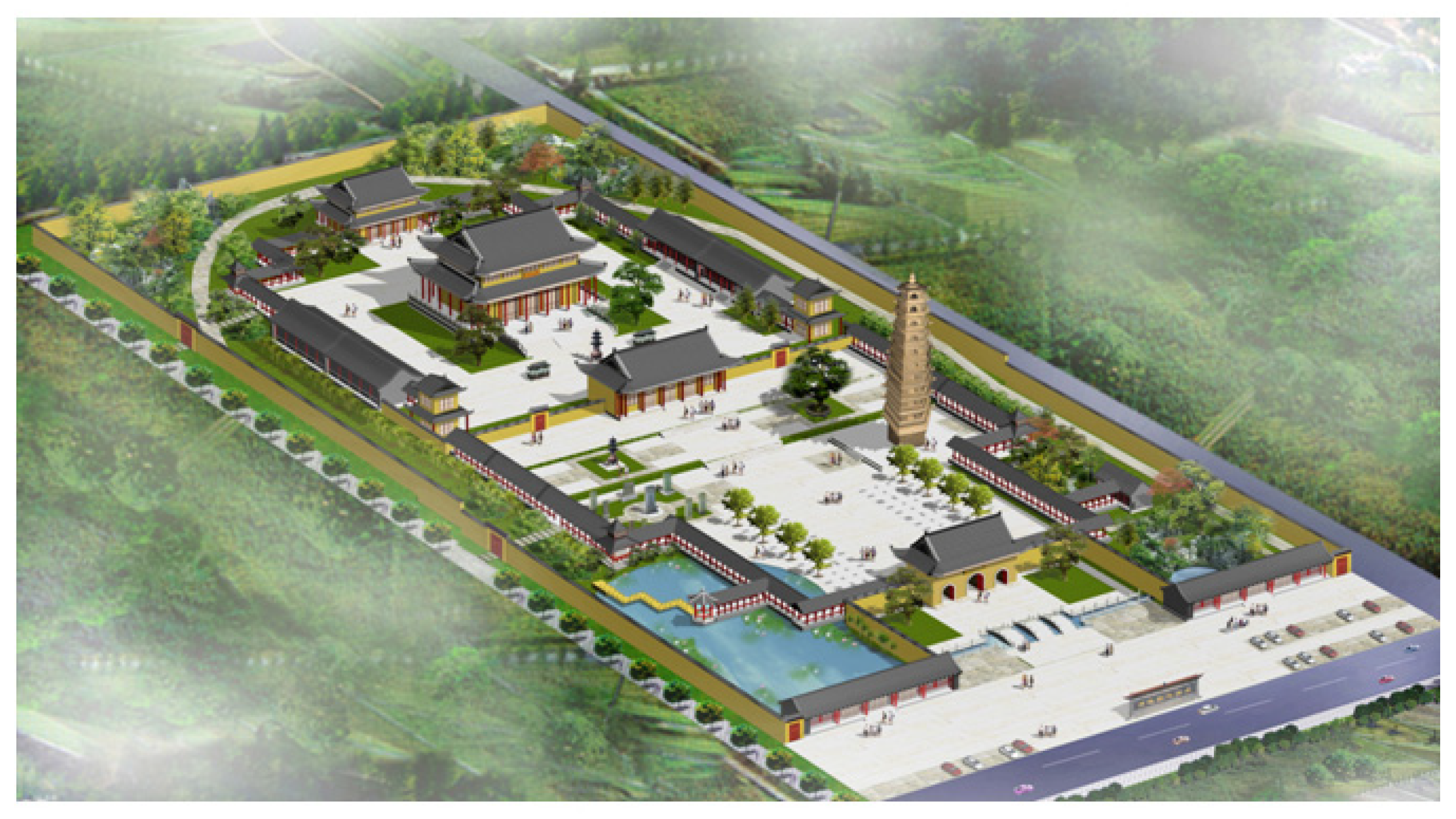
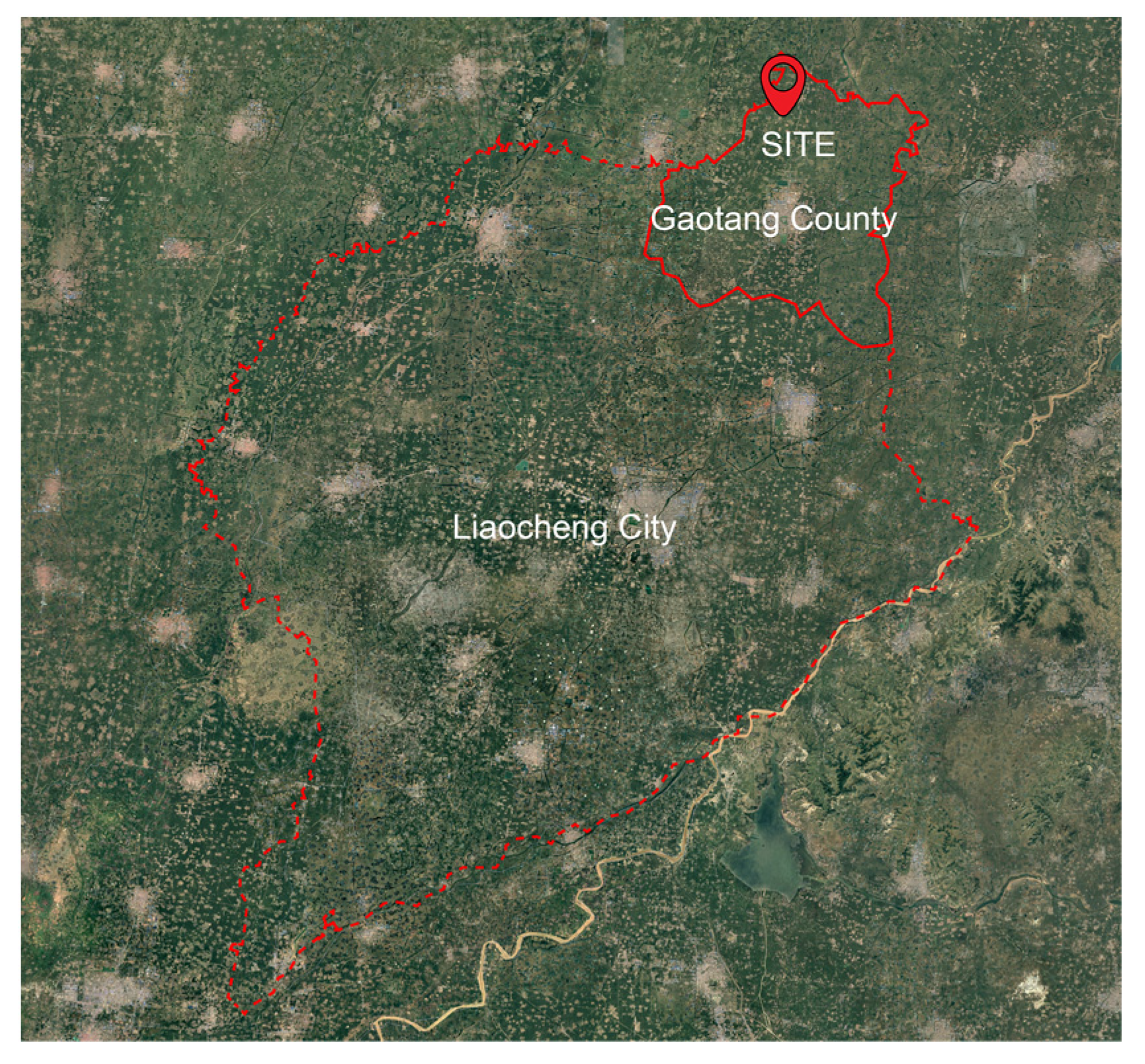
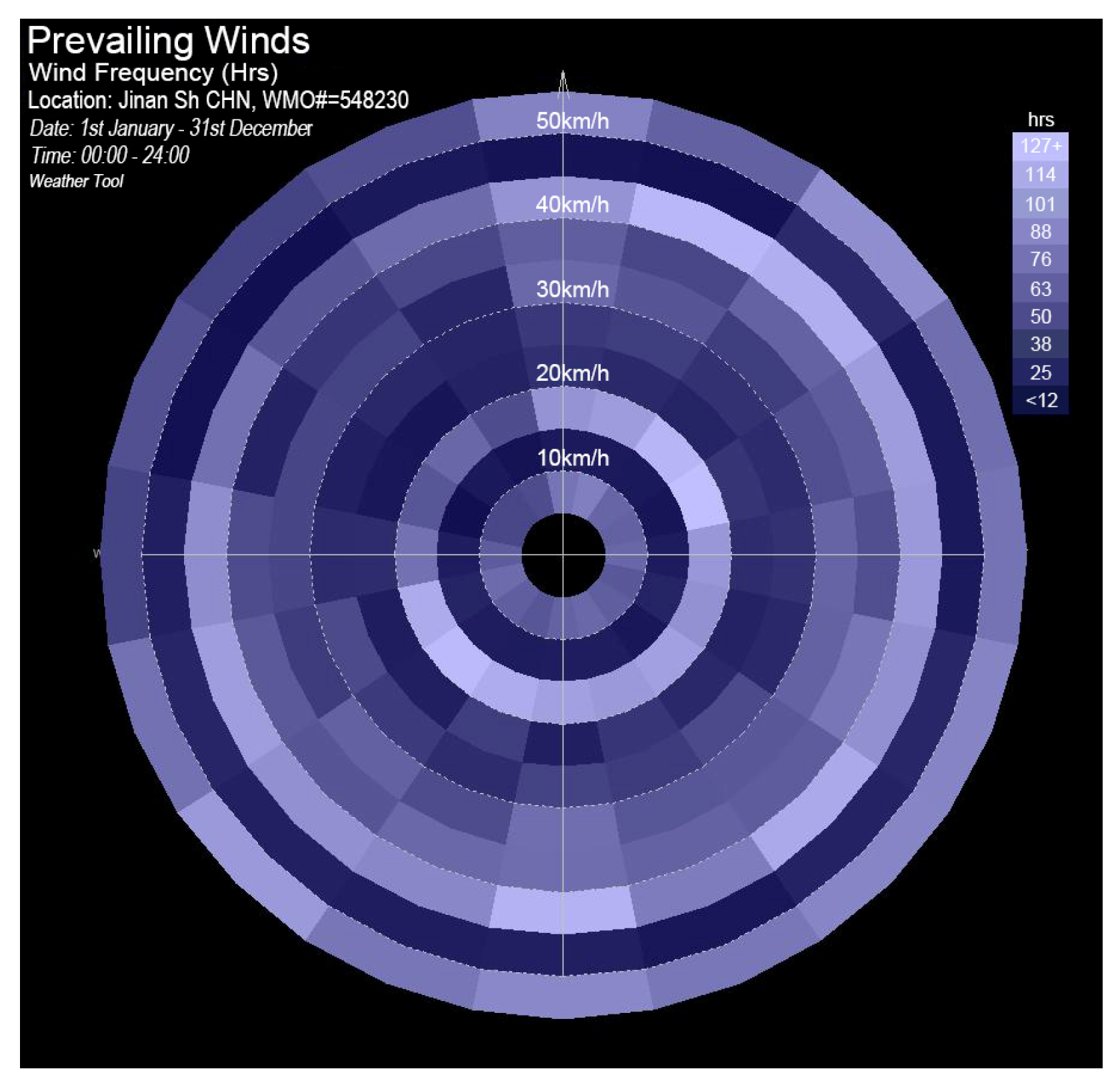
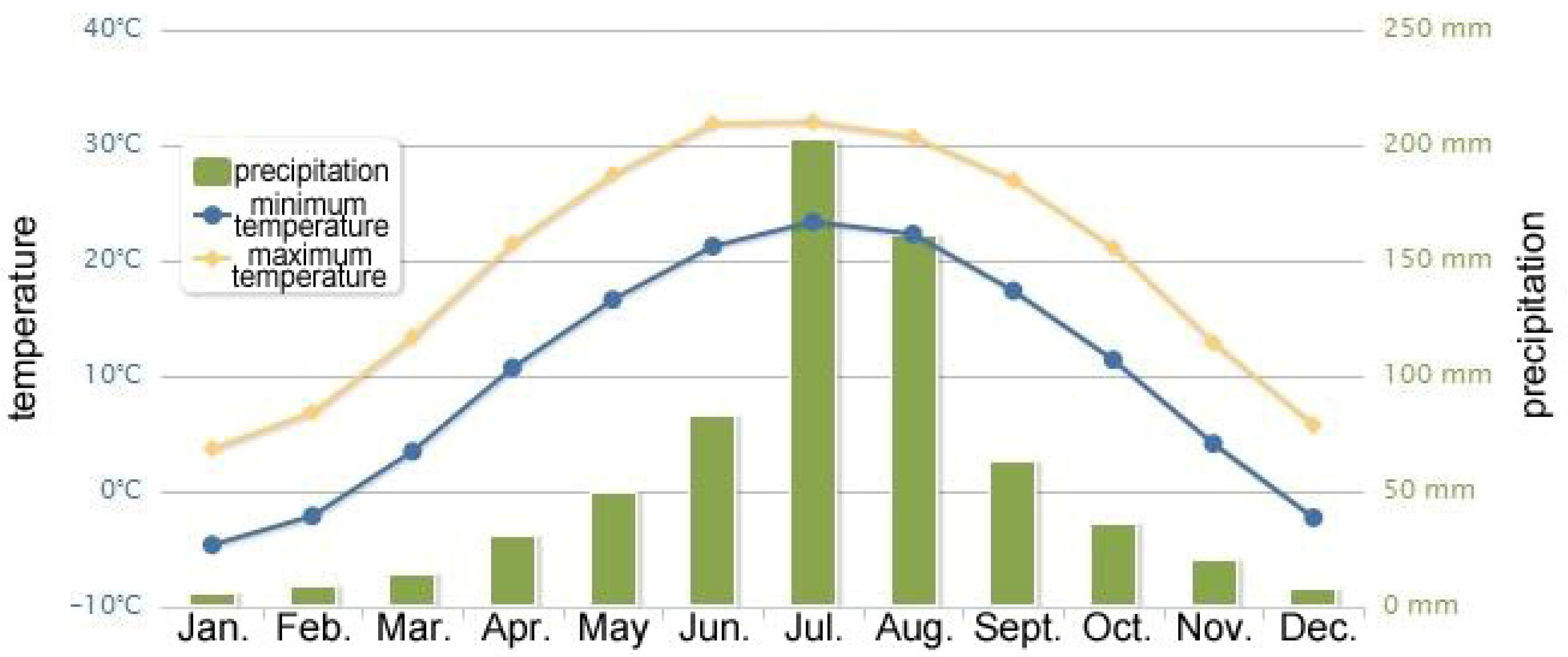


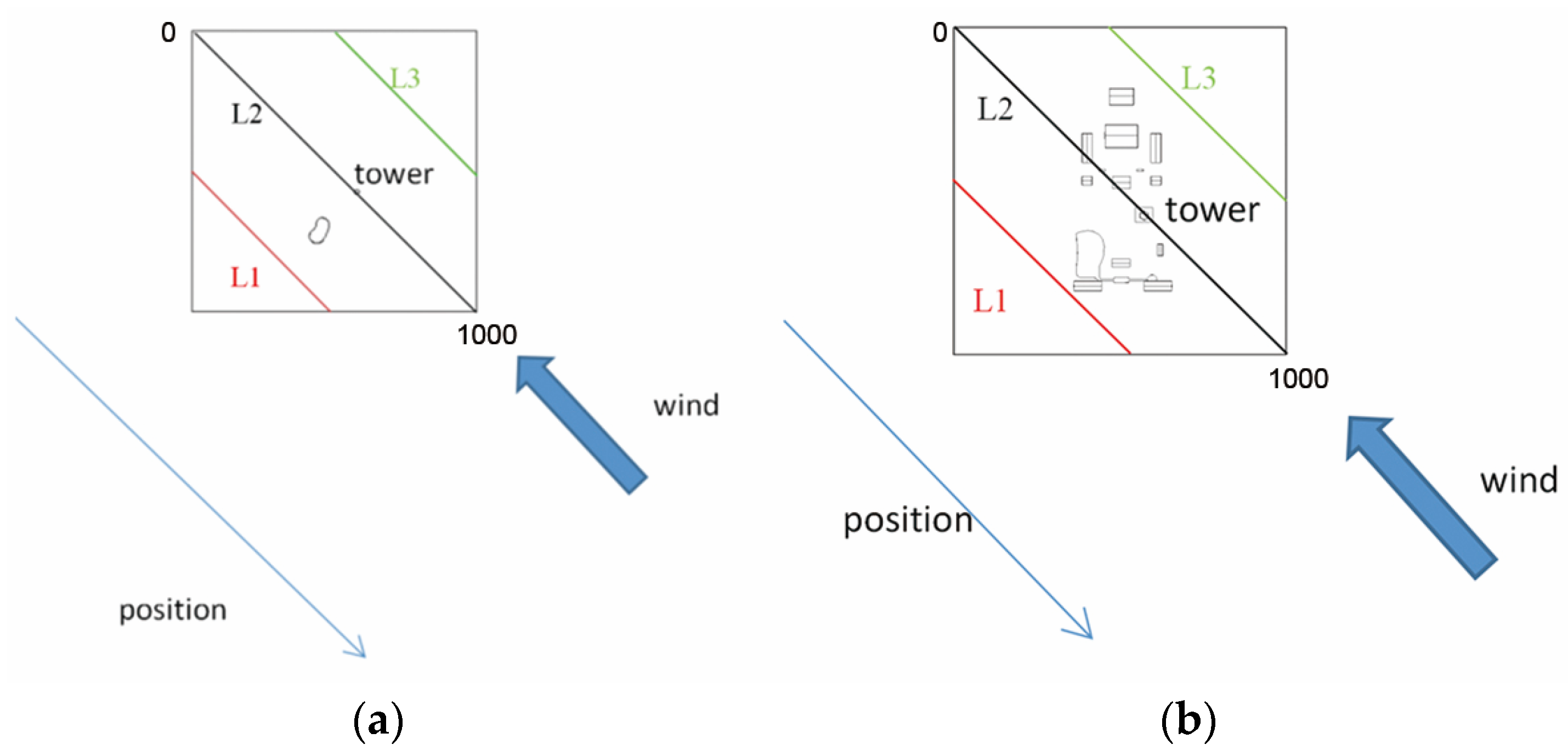

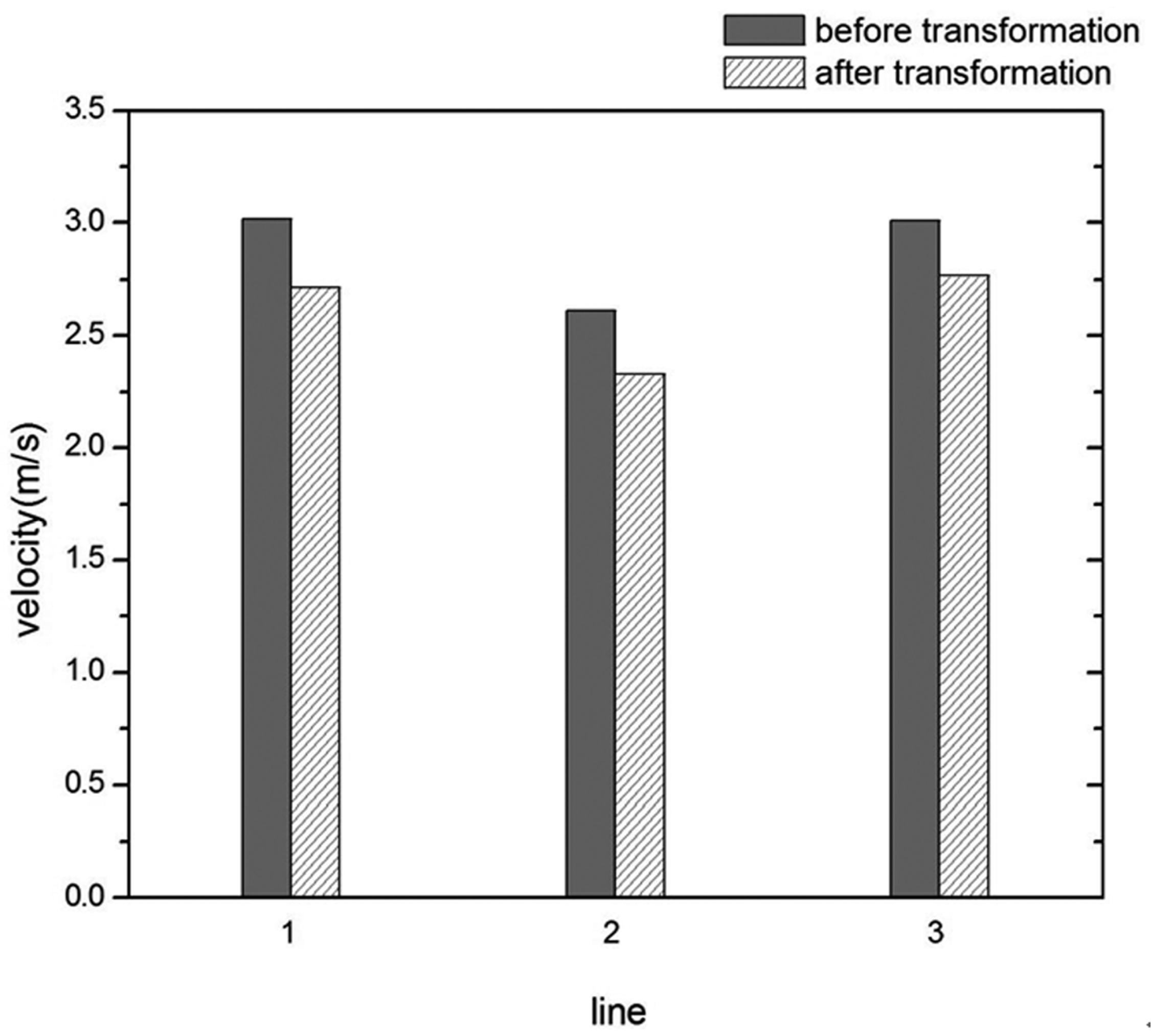
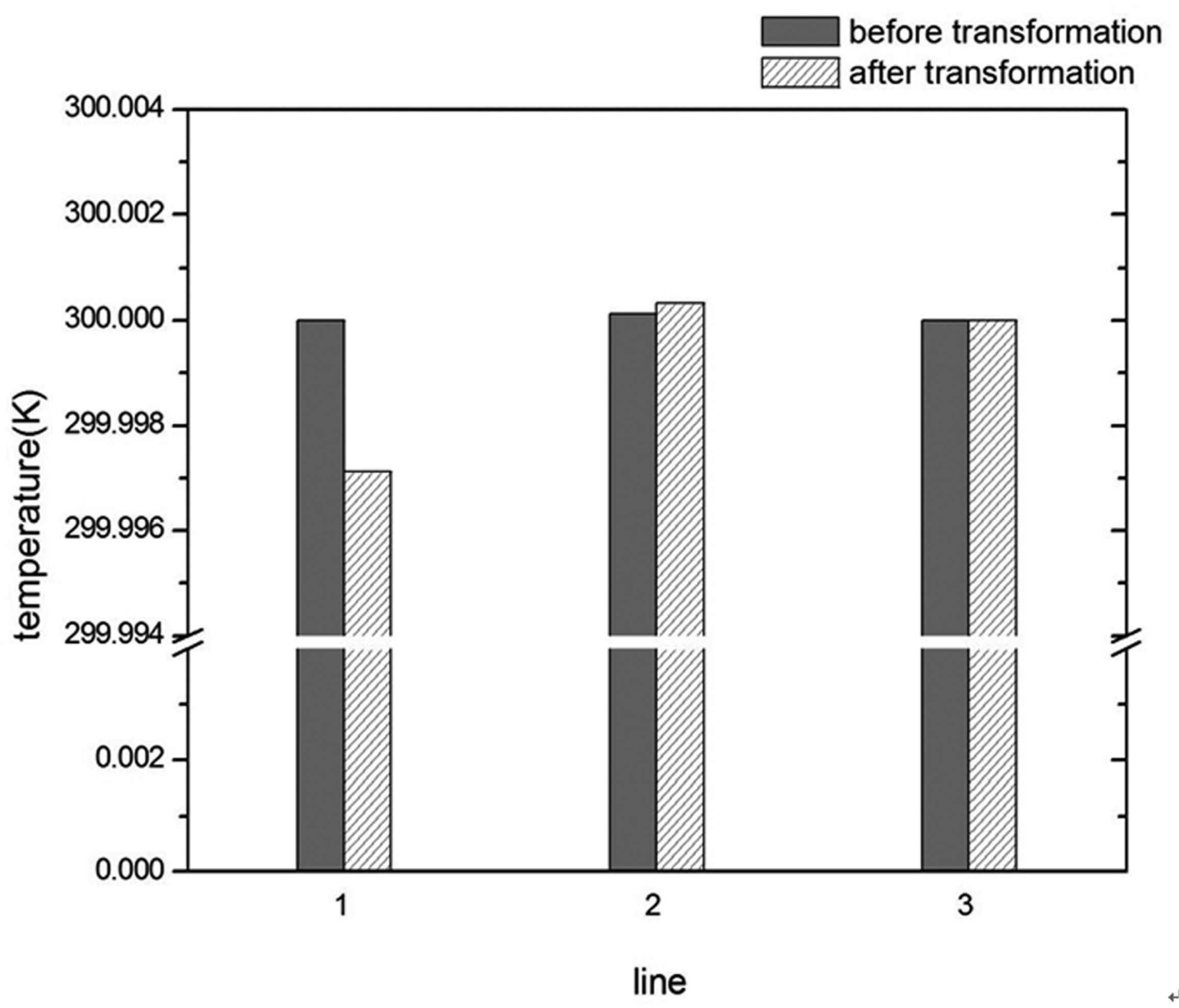
| Before Transformation | After Transformation | ||
|---|---|---|---|
| Wind pressure | 1.5 m | 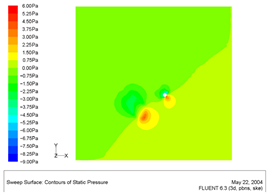 | 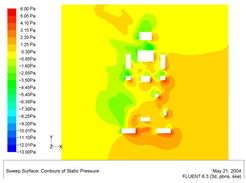 |
| 15 m | 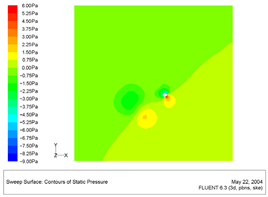 |  | |
| 20 m | 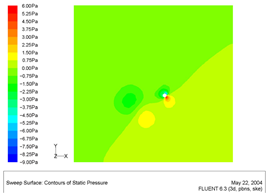 | 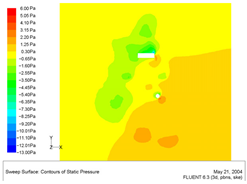 | |
| Wind speed | 1.5 m | 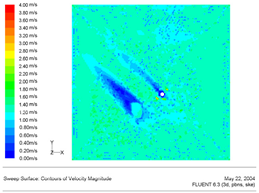 |  |
| 15 m |  | 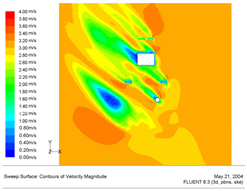 | |
| 20 m | 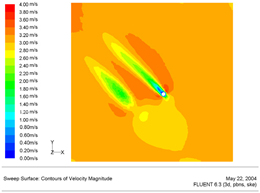 | 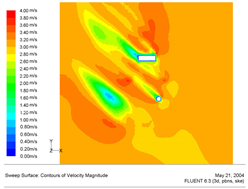 | |
| Wind direction | 1.5 m |  | 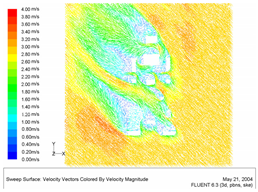 |
| 15 m |  |  | |
| 20 m |  | 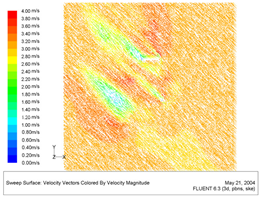 |
| Elevation wind map |  |
| Facade pressure diagram |  |
| Elevation wind map | 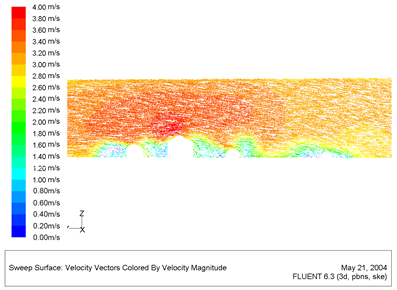 |
| Before Transformation | After Transformation | |
|---|---|---|
| 3D Wind Pressure | 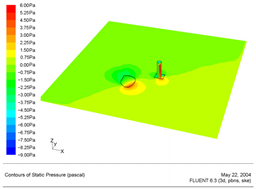 | 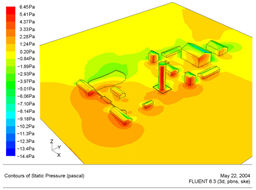 |
| 3D Wind Direction | 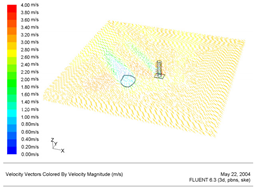 |  |
| Before Transformation | After Transformation | |
|---|---|---|
| P (Pa) | 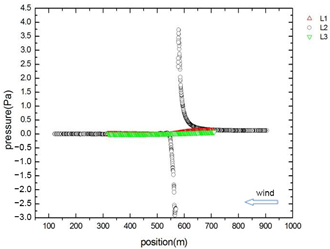 |  |
| V (m/s) |  | 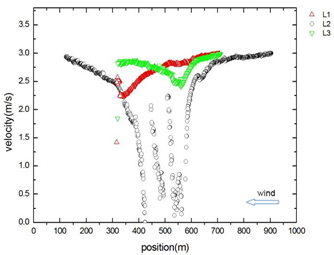 |
| T (K) | 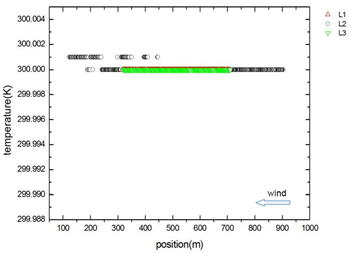 | 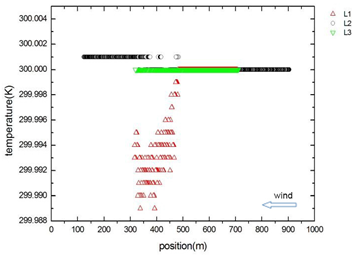 |
| Observation Position | Before Transformation | After Transformation | |
|---|---|---|---|
| P (Pa) | L1 | 0.0198 | −0.0236 |
| L2 | 0.1213 | 0.1367 | |
| L3 | 0.0197 | −0.1325 | |
| V (m/s) | L1 | 3.0181 | 2.7157 |
| L2 | 2.6117 | 2.3289 | |
| L3 | 3.0110 | 2.7675 | |
| T (K) | L1 | 300.0000 | 299.9971 |
| L2 | 300.0001 | 300.0003 | |
| L3 | 300.0000 | 300.0000 |
Disclaimer/Publisher’s Note: The statements, opinions and data contained in all publications are solely those of the individual author(s) and contributor(s) and not of MDPI and/or the editor(s). MDPI and/or the editor(s) disclaim responsibility for any injury to people or property resulting from any ideas, methods, instructions or products referred to in the content. |
© 2023 by the authors. Licensee MDPI, Basel, Switzerland. This article is an open access article distributed under the terms and conditions of the Creative Commons Attribution (CC BY) license (https://creativecommons.org/licenses/by/4.0/).
Share and Cite
Li, Y.; Chen, L.; Yang, L. CFD Modelling and Analysis for Green Environment of Traditional Buildings. Energies 2023, 16, 1980. https://doi.org/10.3390/en16041980
Li Y, Chen L, Yang L. CFD Modelling and Analysis for Green Environment of Traditional Buildings. Energies. 2023; 16(4):1980. https://doi.org/10.3390/en16041980
Chicago/Turabian StyleLi, Yangluxi, Lei Chen, and Li Yang. 2023. "CFD Modelling and Analysis for Green Environment of Traditional Buildings" Energies 16, no. 4: 1980. https://doi.org/10.3390/en16041980
APA StyleLi, Y., Chen, L., & Yang, L. (2023). CFD Modelling and Analysis for Green Environment of Traditional Buildings. Energies, 16(4), 1980. https://doi.org/10.3390/en16041980







